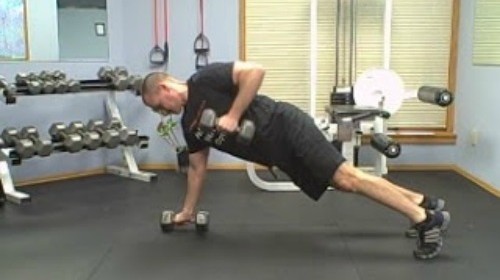
Foam Rolling for Better Fitness
People tend to measure how effectively they’ve worked out by how sore they are the following days. Let me ask you: How good is a workout that leaves you so sore that you can’t workout for the next 3 days? What most people don’t realize is that your body improves and adapts to stress on the days you rest. The better and more rapidly you recover, the more quickly your body adapts.This is especially important for the Fire Rescue Athlete, a hard workout on Monday, followed by a difficult shift on Tuesday can lead to an injury on Wednesday.
We all know that our job is dangerous and that we as Fire Rescue Athletes are more likely to get injured on the job than any other profession. So this brings me to the question, what is the best way to combat against this potential for injury? My research shows that athletes that consistently work their core, have a well planned periodized workout program and an effective stretching and recovery program are less likely to have injury than those that don’t. If you’ve followed my past posts you know how to address working your core, and periodizing your workout so today I wanted to talk a little about exercise and shift recovery.
Have you heard about the foam roller?
A decade ago, strength coaches, personal trainers and athletic trainers would have looked quizzically at a 36-inch long cylindrical piece of foam and wondered, “What is that for?” Today, nearly every fitness center and most strength and conditioning facilities contain an array of foam rollers of different lengths and consistencies.
A foam roller is a 3ft. long by 6in. piece of compressed foam. The idea here is that you roll your body weight along the foam roller, massaging through restrictions (adhesions) that may occur in your muscles (especially those of the back) and thus causing the nerves to relax and loosen. This allows blood to flow more freely through the muscles and allow muscles to heal and repair more efficiently. The exercise physiology geeks (peer fitness trainers) refer to this concept as “Self-Myofascial Release”. You will probably love and hate the foam roller. I encourage you to try it more than a week before formulating an opinion on its effectiveness. Just like a massage, there will be some discomfort when you hit the right spot. Over time the foam roller will get easier. Your muscles will be healthier and have less adhesions (knots) making your body and back feel better.


